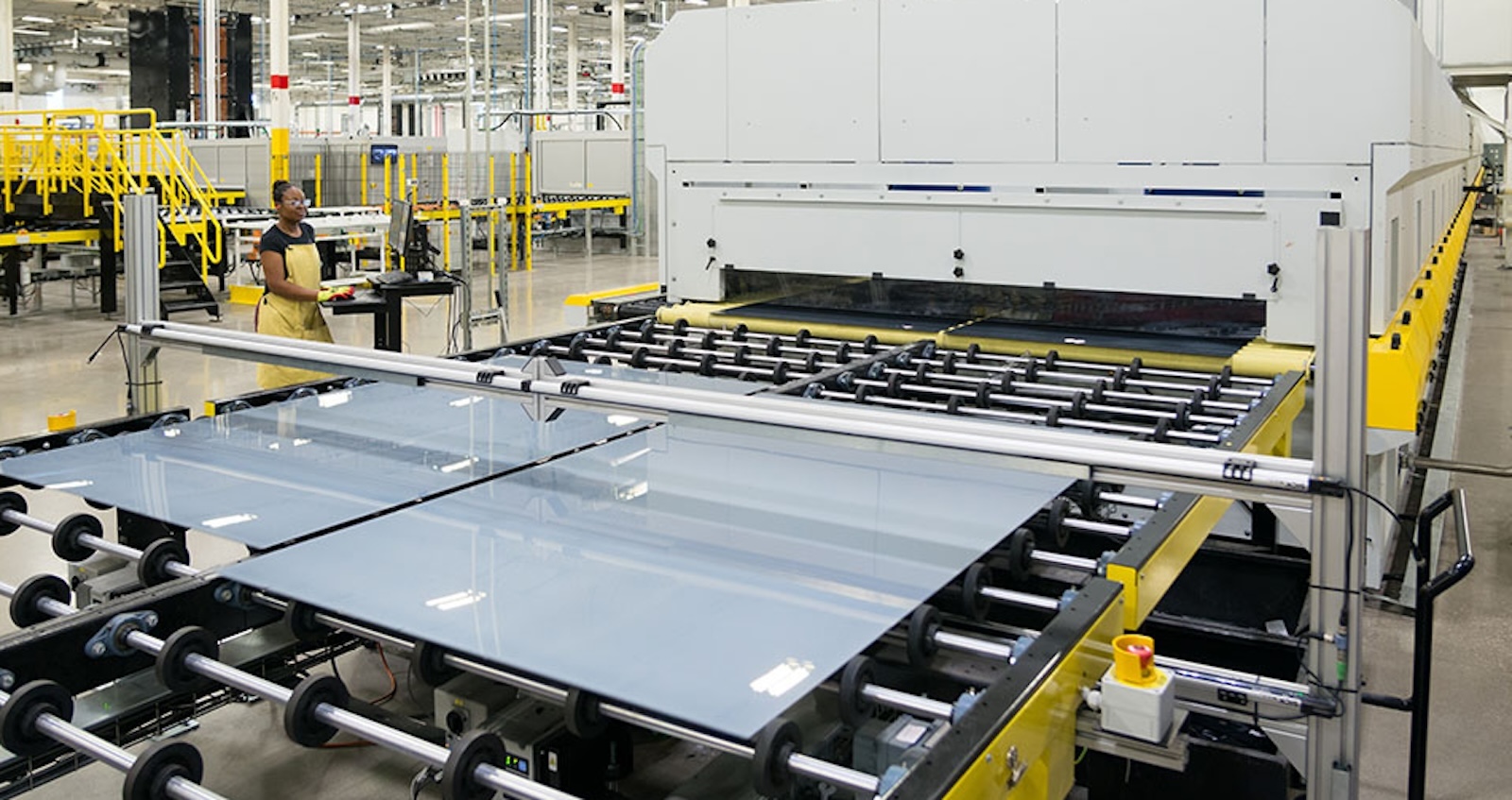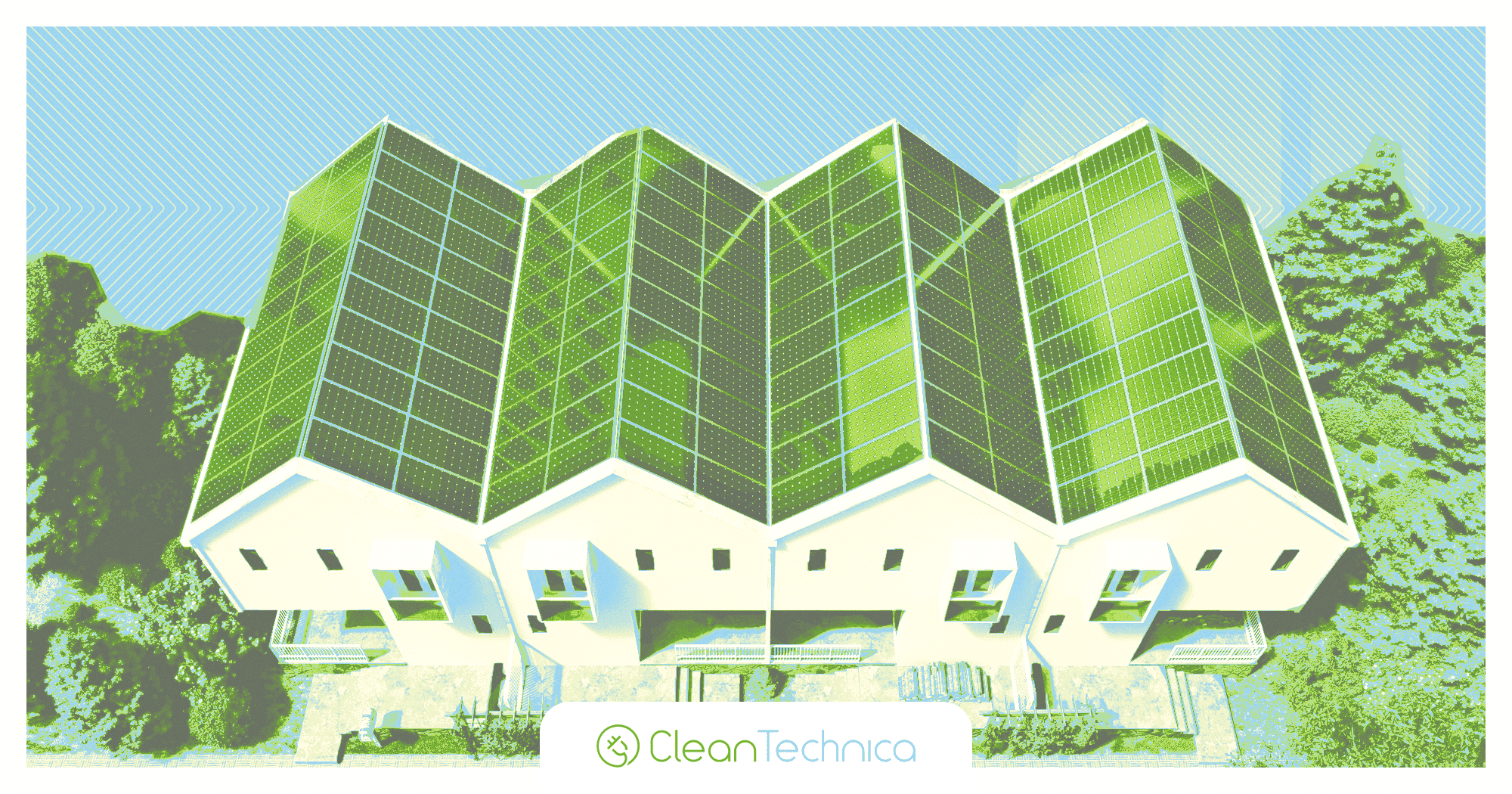MENA region on track for 75 GW of solar by 2030
Dii Desert Energy, an energy transition think tank, has reported the Middle East and North Africa (MENA) region will have a cumulative solar capacity of 75 GW at the end of the decade if the current project pipeline is fully realized. It adds an additional 40 GW of solar projects need to be planned and executed in the next five years to match the region's pledged 2030 targets.

Dii Desert Energy, an energy transition think tank, has reported the Middle East and North Africa (MENA) region will have a cumulative solar capacity of 75 GW at the end of the decade if the current project pipeline is fully realized. It adds an additional 40 GW of solar projects need to be planned and executed in the next five years to match the region's pledged 2030 targets.
A report by energy transition think tank Dii Desert Energy says the Middle East and North Africa (MENA) region is on course to have deployed 75 GW of solar by 2030.
The MENA Energy Outlook 2025 – Renewables, Hydrogen and Energy Storage Insights 2030 report says that if all projects under construction, under development and already announced are successfully realized, total renewable capacity in the region will reach 131 GW in 2030.
The current installed solar capacity in the MENA region stands at 22.3 GW, according to the report, after 2.6 GW was added in 2024.
The UAE leads the way with the most installed solar to date, surpassing 5 GW, followed by Saudi Arabia and Egypt. Saudi Arabia leads the way in terms of projects in the pipeline, buoyed by the 2 GW Al Shuaiba 2 project currently under construction.

Dii Desert Energy’s report also details each of the MENA countries’ renewables targets for 2030. It says the ambitions equate to a combined 236 GW of new capacity by the end of the decade, including 115 GW of solar.
As the current project pipeline consists of 75 GW of solar projects across the region, the report says there are still 40 GW that need to be planned and executed in the next five years if the region’s solar ambitions for 2030 are to be met. In comparison, an additional 23 GW needs to be planned and executed to meet outlined wind energy ambitions.
Targets to the end of the decade across the region vary significantly. Saudi Arabia accounts for almost half of the MENA region's ambitions, aiming to reach between 100 GW and 130 GW of renewables by the end of the decade. Jordan has the narrowest gap to fill, having already deployed 2.6 GW of its 3.2 GW target, while Oman says it is on course to meet its 3.8 GW target by the end of 2028.
In the report’s summary, Dii Desert Energy says the deployment of renewable energy in the MENA region is accelerating thanks to a record decline in costs, particularly in solar technology, with gigawatt-scale projects now the “new standard” in the area.
It adds localization is an ever-increasing focus in the region, with strategic decisions aiming to bring manufacturing and assembly of components in-country.
What's Your Reaction?






























































